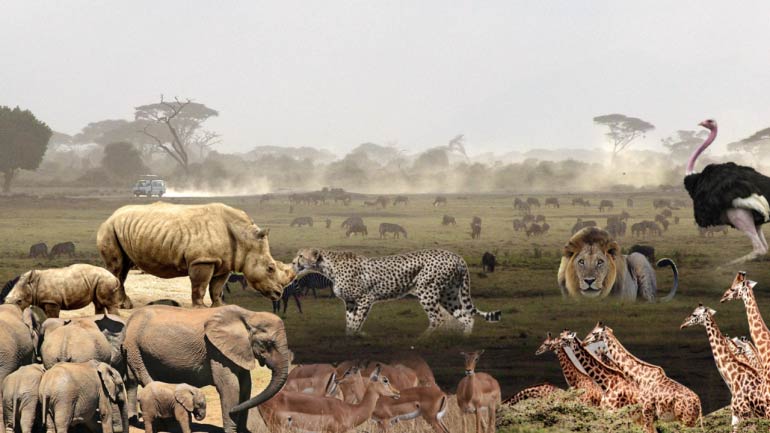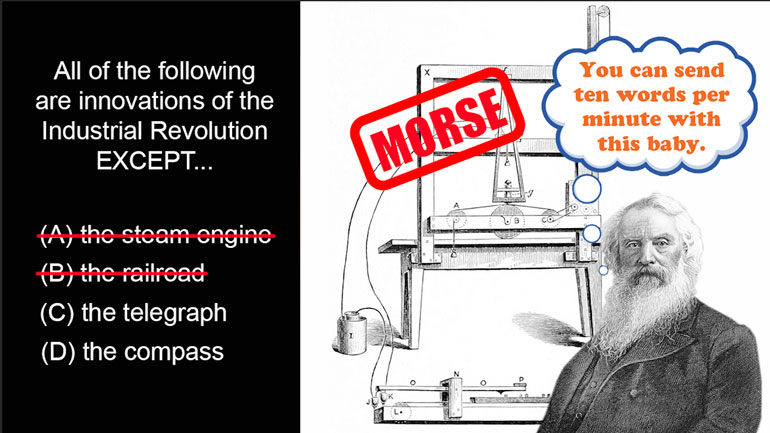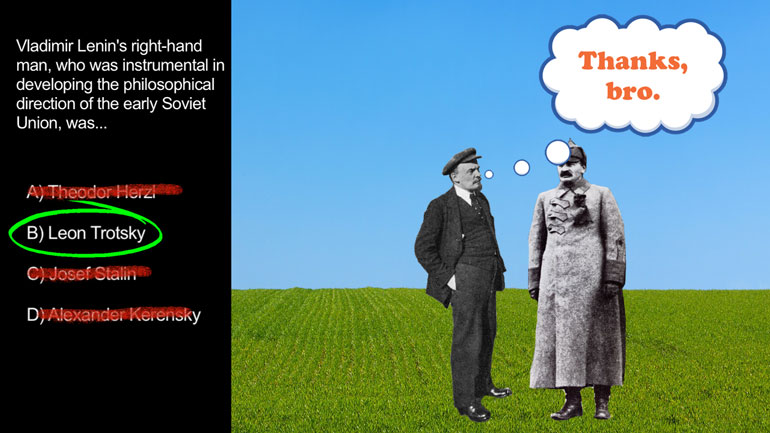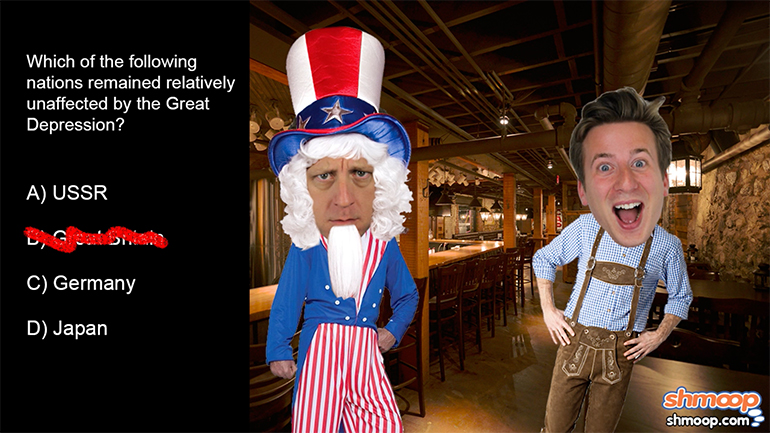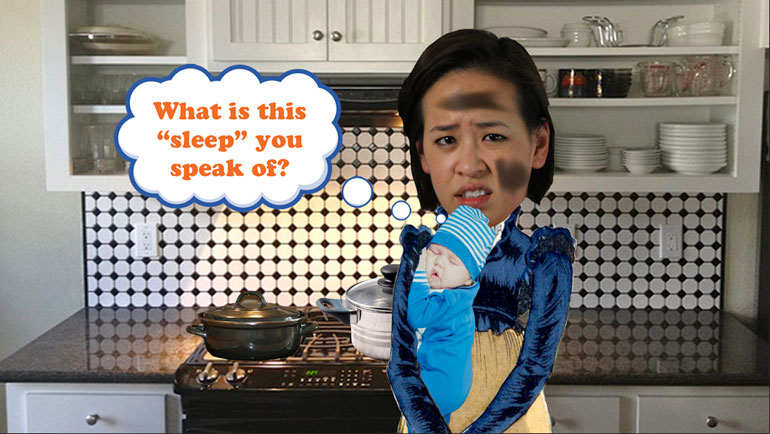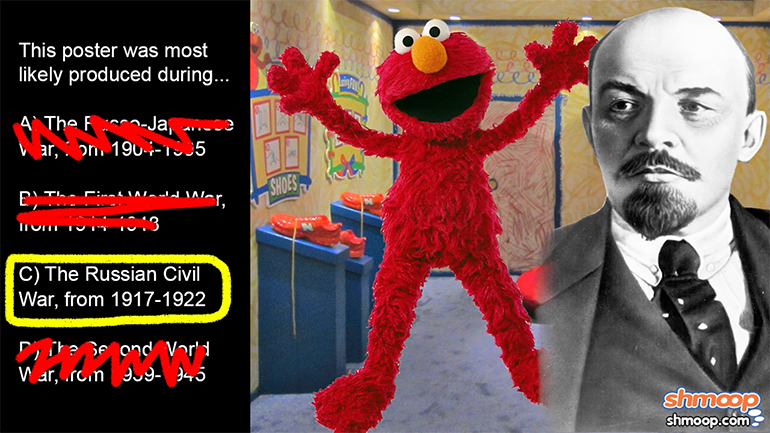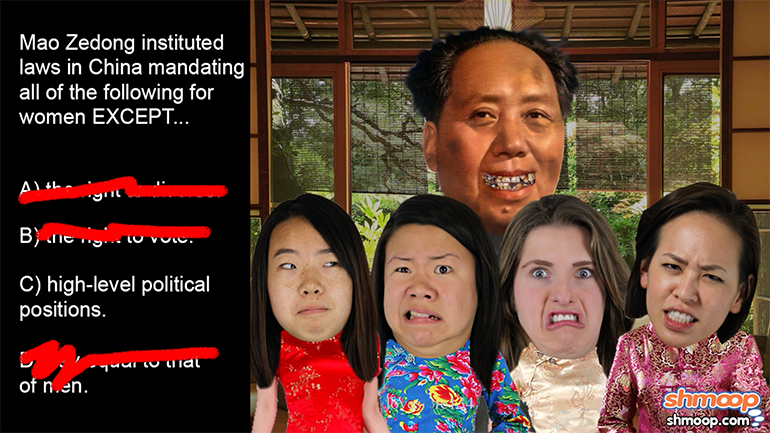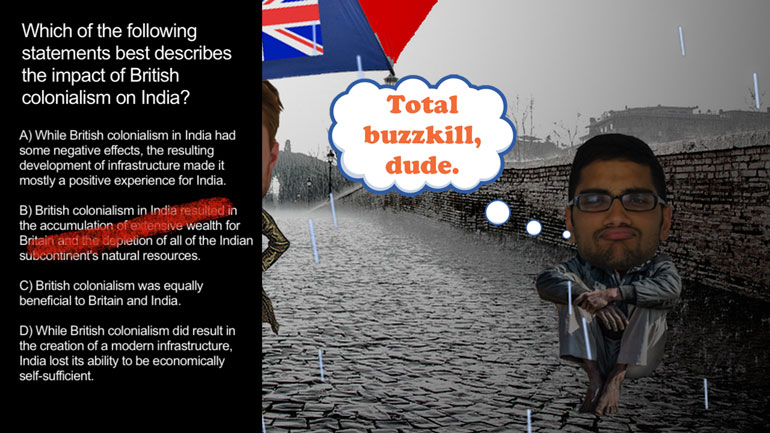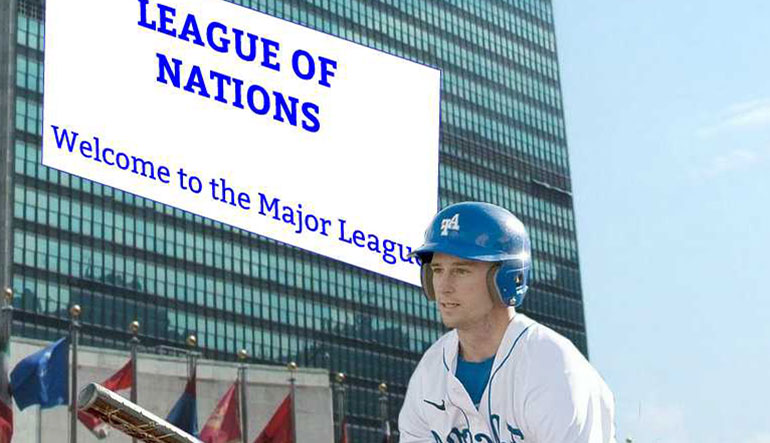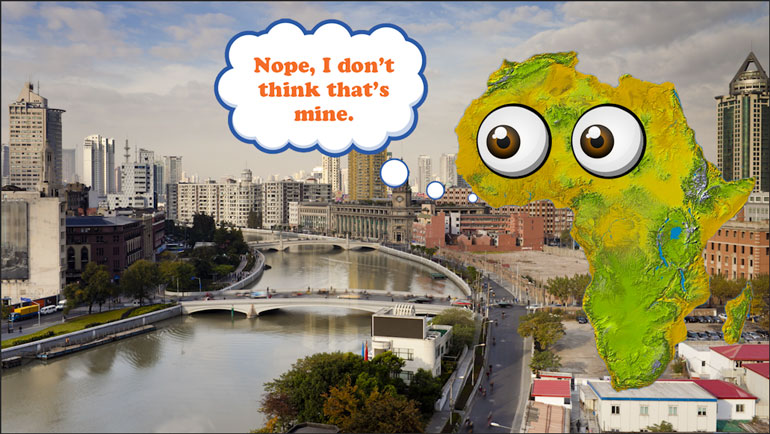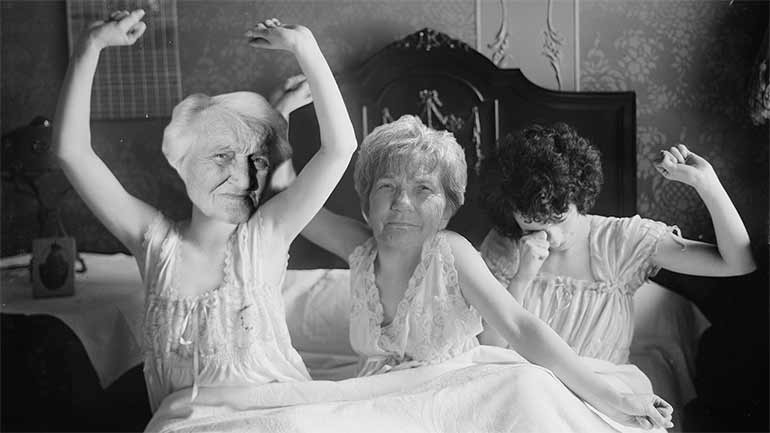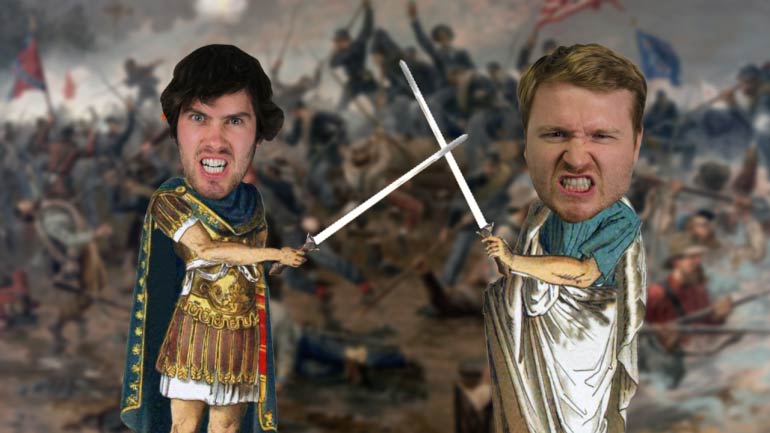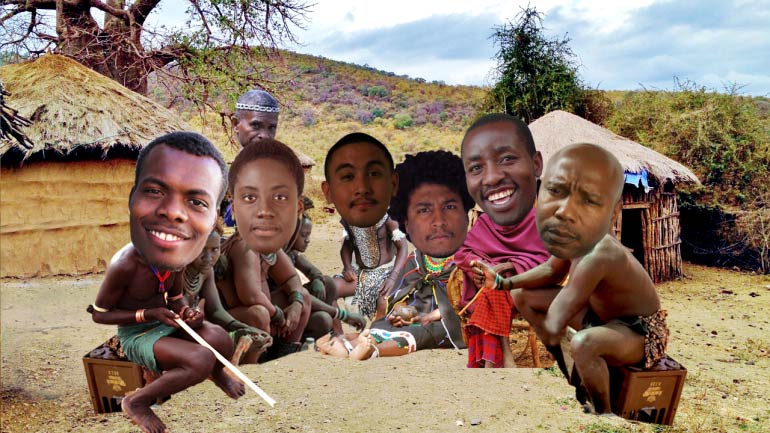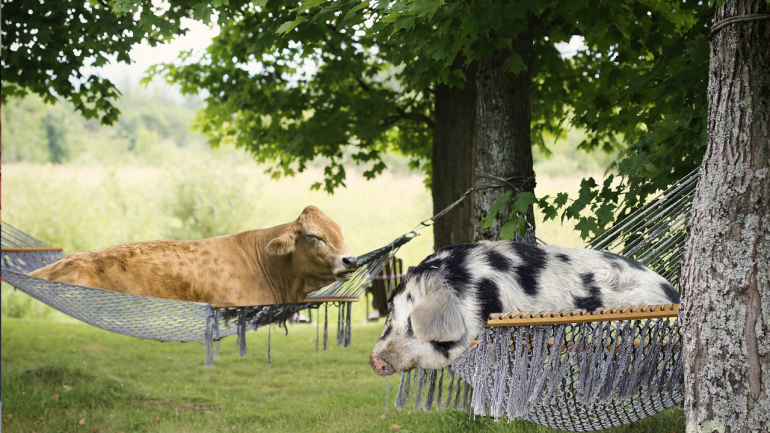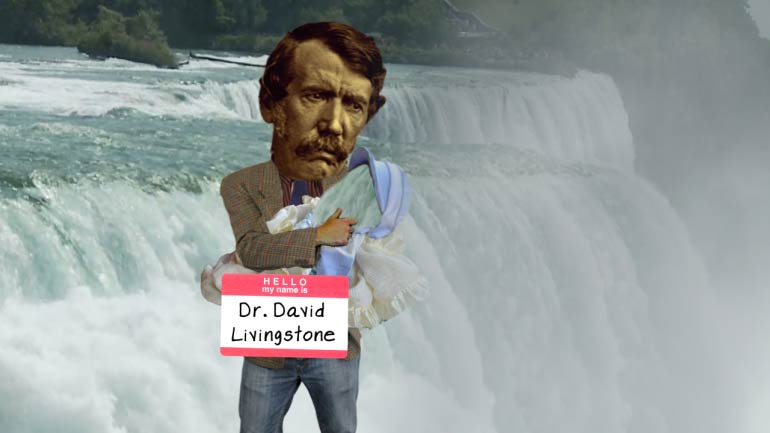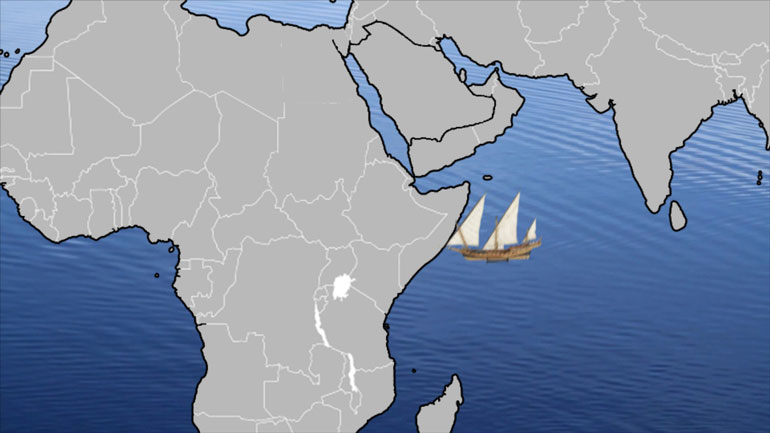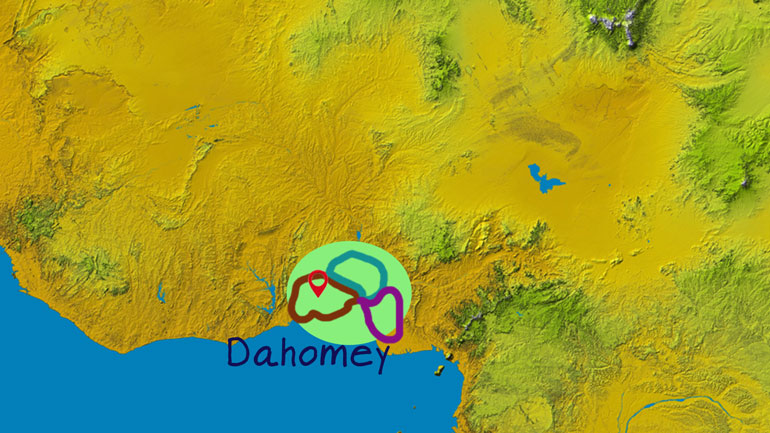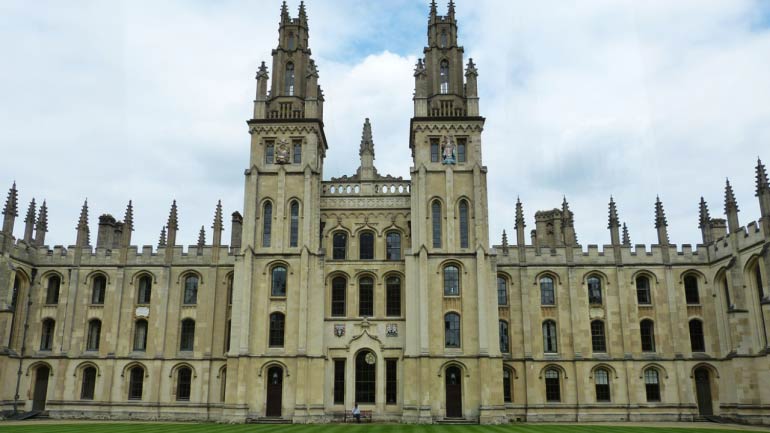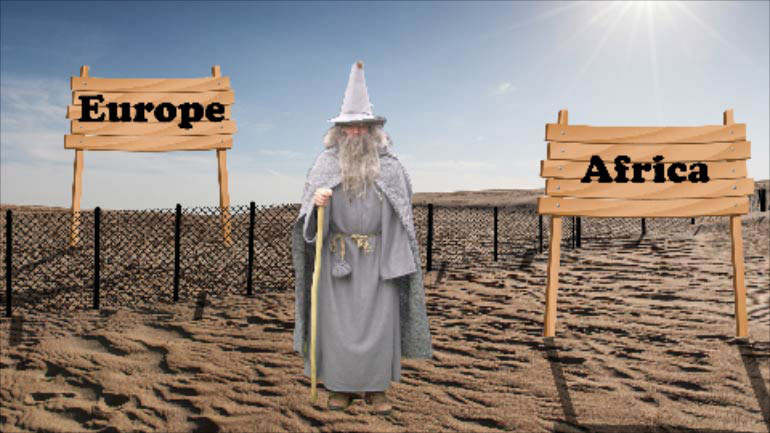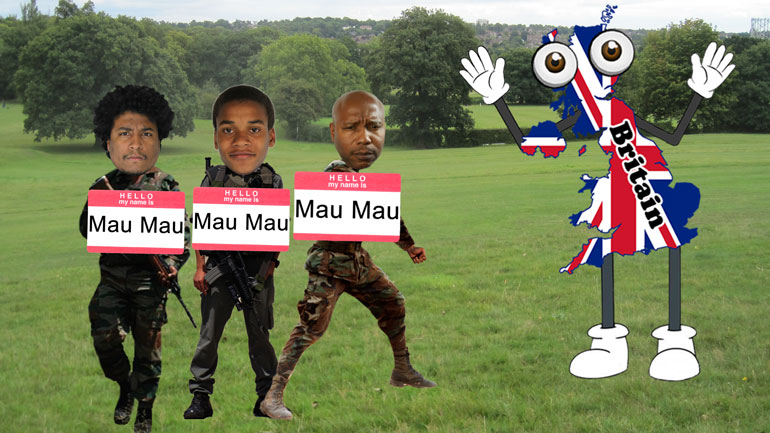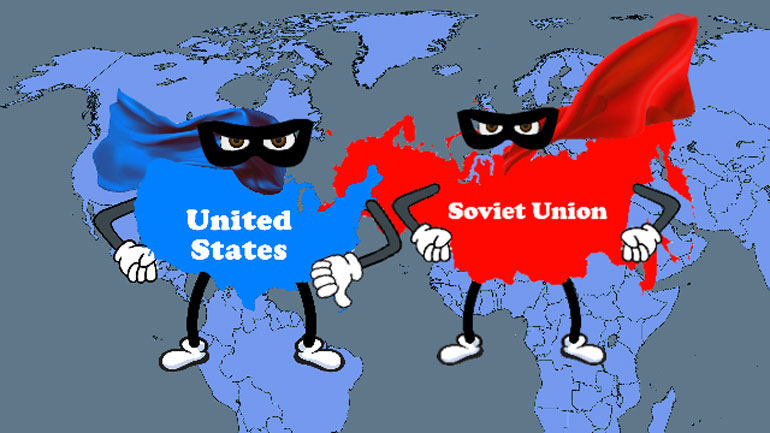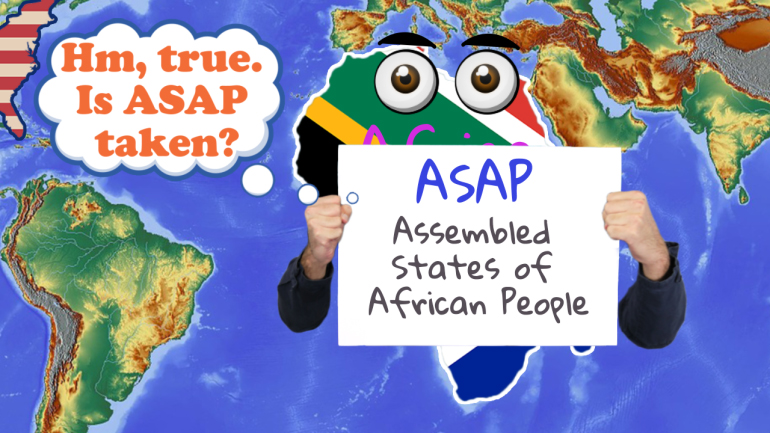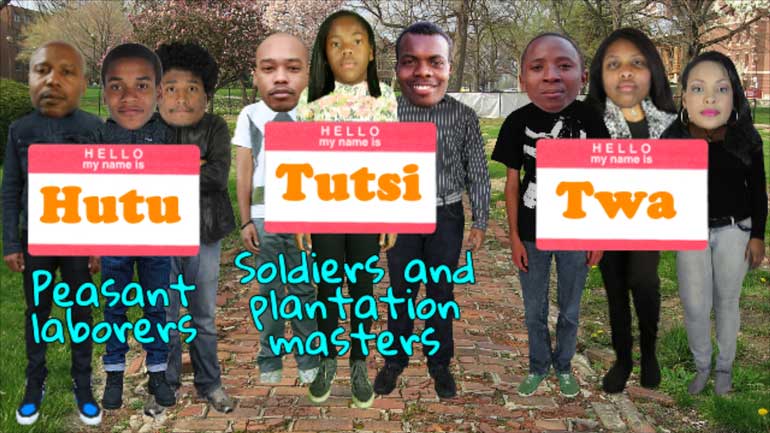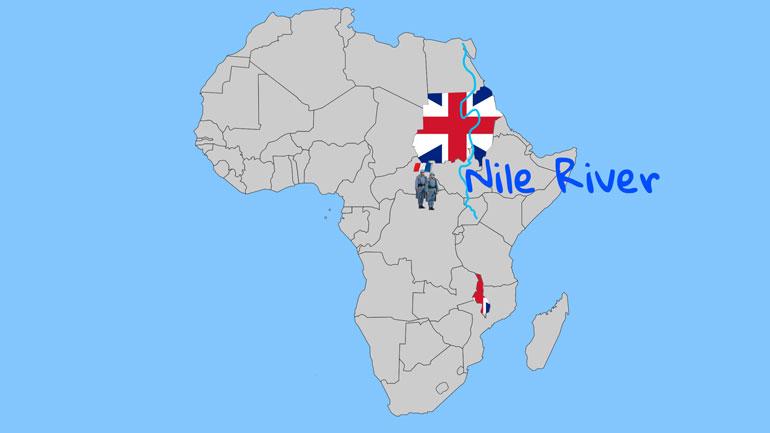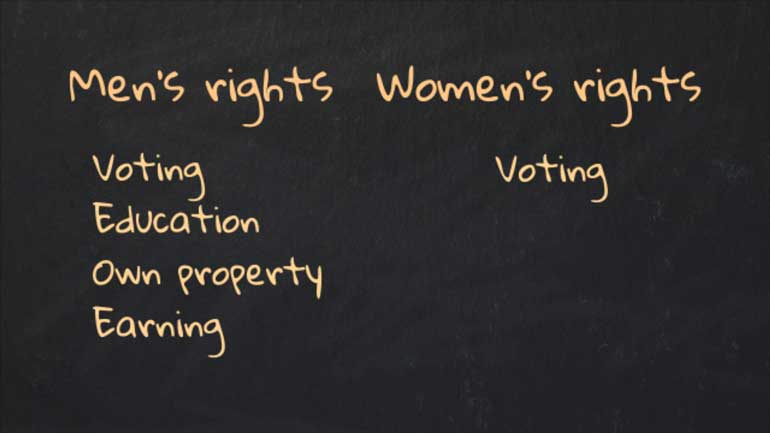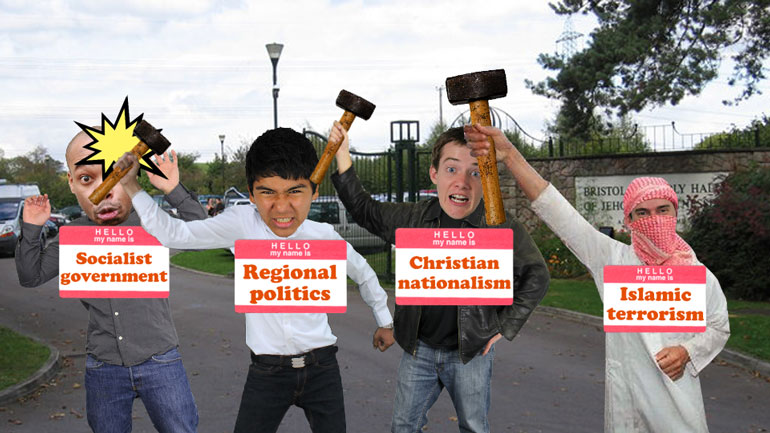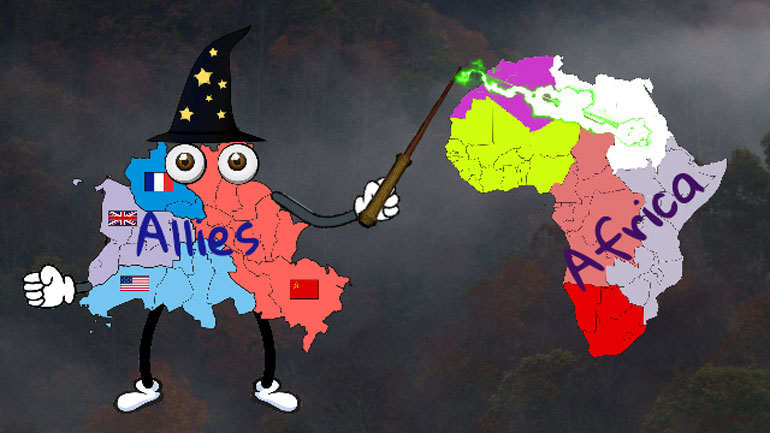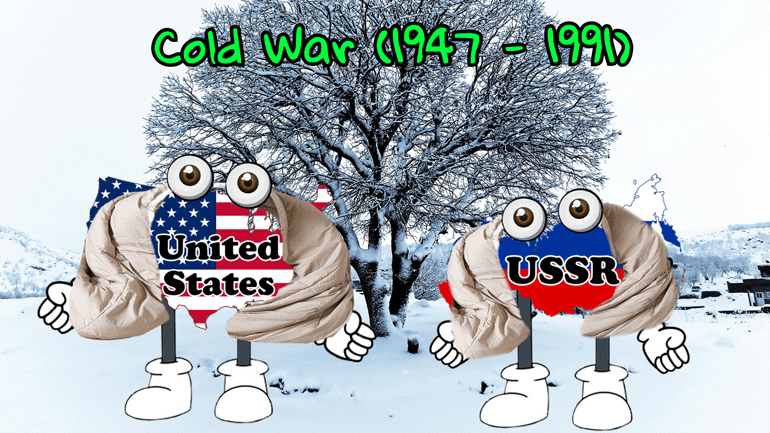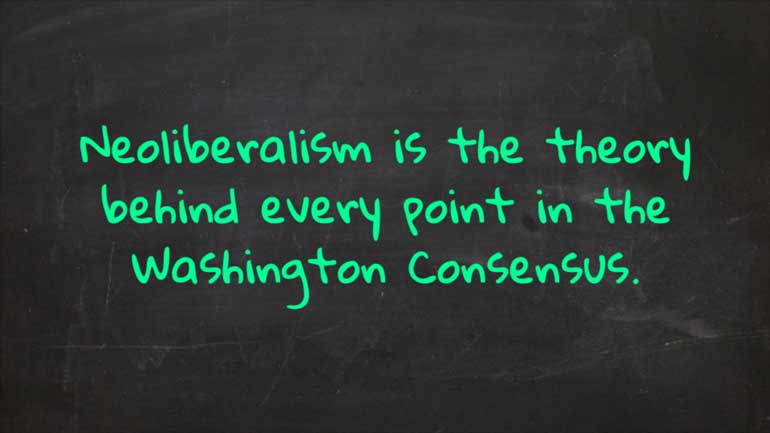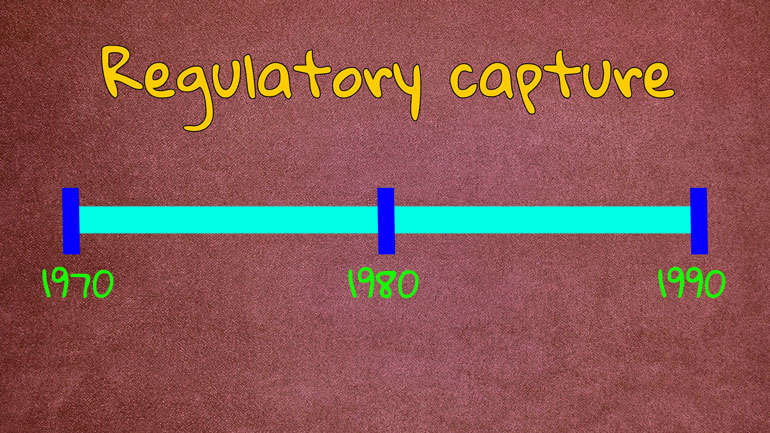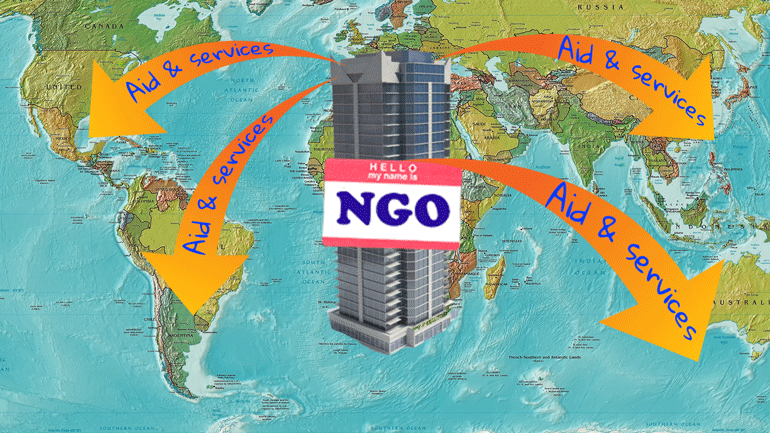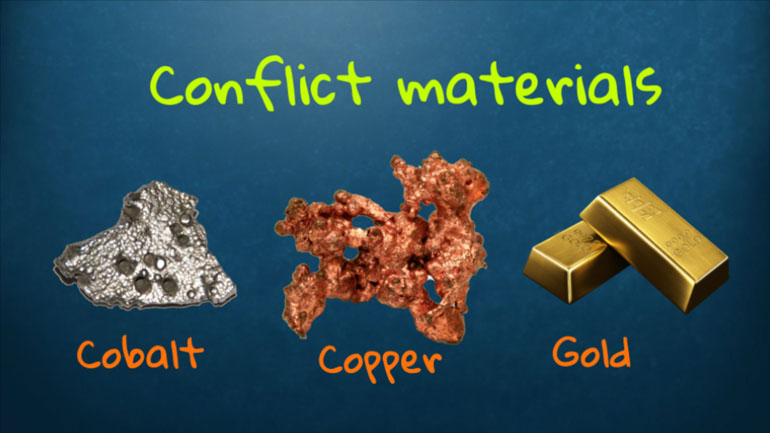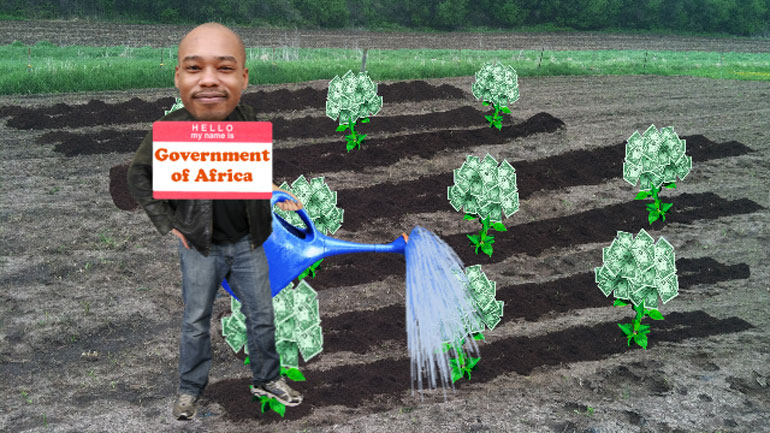ShmoopTube
Where Monty Python meets your 10th grade teacher.
Search Thousands of Shmoop Videos
World History Videos 95 videos
Home to the biggest river, the biggest desert, and some of the biggest land animals in the world, Africa is so much more than what most media would...
Didn't get enough of the French Revolution the first time around? We've gotcha covered. Check out our second French Revolution video, preferably wi...
AP World History 2.5 Industrialization and Global Integration, c. 1750 to c.1900 243 Views
Share It!
Description:
AP World History 2.5 Industrialization and Global Integration, c. 1750 to c.1900. What was the relationship between abolitionist movements and women's suffrage movements?
Transcript
- 00:00
Sorry And here's your shmoop dude you're brought to you
- 00:04
by the relationship between the abolition of slavery and women's
- 00:08
right to vote it's like e harmony worked out for
- 00:11
these crazy kids and here's your question What was the
- 00:15
relationship between abolitionist movements and women's suffrage movements And here
Full Transcript
- 00:19
the potential answer All right we'd like to use a
- 00:25
fifty fifty regis we can narrow down our options by
- 00:29
taking a look at the timelines of each movement The
- 00:31
abolitionist movement which began in the eighteen thirties and end
- 00:34
in eighteen sixty three and the women's suffrage movement which
- 00:37
dated from the late eighteen forties Till that nineteen twenty
- 00:41
well as we can see well there's a bit of
- 00:43
an overlap you have a notion ist movement clearly predated
- 00:47
women's suffrage bearing this in mind Andy don't really make
- 00:50
a whole lot of chronological sense Now do that What
- 00:52
about c while the abolitionist movement was a bit more
- 00:56
male centric than you know women's suffrage so it would
- 00:59
be a bit silly to believe the two movements shared
- 01:02
their leadership which leaves us with the answer be women
- 01:05
were a part of the abolitionist movement but they were
- 01:08
often relegated to clerical work and kept away from any
- 01:11
significant leadership position However these women knew what they were
- 01:15
capable of and the omission inspired many of them to
- 01:18
champion their cause and work towards women's rights which for
- 01:21
those of us playing along at home makes be the
- 01:24
correct answer look at that we answer the question without 00:01:27.436 --> [endTime] using our ask the audience
Related Videos
AP World History 1.2 Industrialization and Global Integration, c. 1750 to c. 1900. All of the following are innovations of the Industrial Revolutio...
AP World History 4.3 Industrialization and Global Integration, c. 1750 to c. 1900. What was the immediate cause of the First Sino-Japanese War?
AP World History 3.2 Industrialization and Global Integration, c. 1750 to c. 1900. The Sepoy Mutiny resulted in...what?
AP World History 1.1 Accelerating Global Change and Realignments, c. 1900 to Present. The Treaty of Versailles placed blame for World War I on...wh...
AP World History 1.2 Accelerating Global Change and Realignments, c. 1900 to Present. Vladimir Lenin's right-hand man, who was instrumental in deve...

